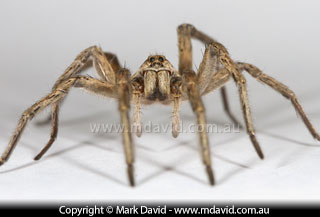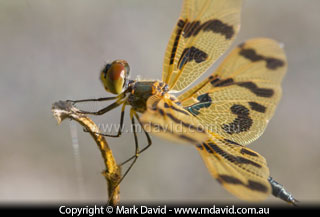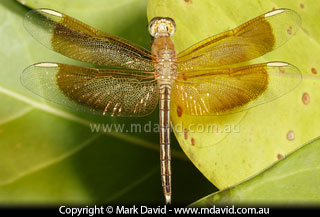
I mention this a few times throughout these photography guides, but I’m devoting a whole page to it this time because it’s worth stressing and it’s also such an easy thing to do. I’m talking about just getting down (or up) to the subject’s eye level to take your shots.
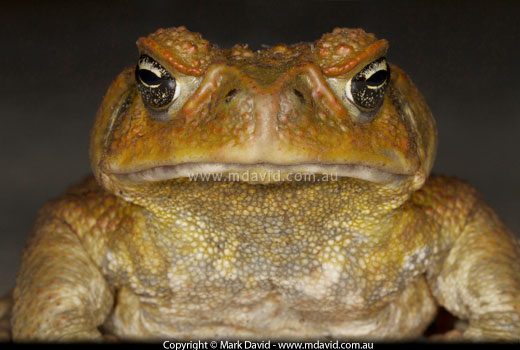
Lying on the ground in front of this Cane Toad allowed me to get a more interesting shot.
I’m amazed when I watch most people takes photos of small animals. Ninety percent of the time (that statistic is now on the internet so hey, it must be true!) people will walk up to the animal, point their camera down to it and take a shot of the top of its head. I must admit that I used to do that too. I’d be so happy to have an interesting critter in the viewfinder that I’d forget to make the photo interesting or attractive. Or in other words, I’d forget to think like a photographer.
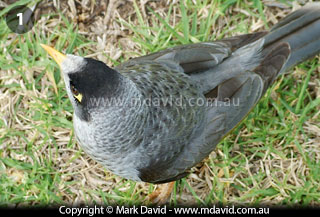
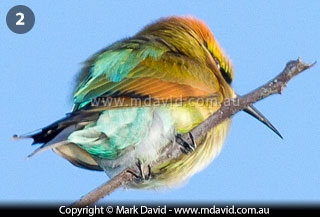
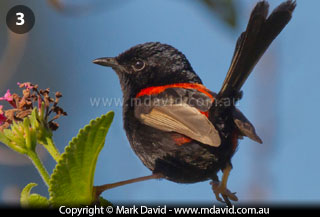
Most bird photos are taken from above or from below, with the result being a bunch of boring shots. Meeting them at their eye level, as I did in the third photo, provides a much more engaging shot. 1: Noisy Miner 2: Rainbow Bee-eater 3: Red-backed Fairy-wren.

